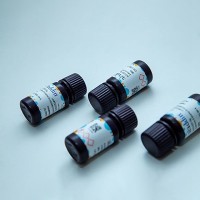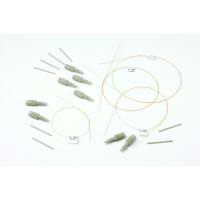Application and Limits of Sample Stacking in Capillary Electrophoresis
互联网
466
A blessing and curse of capillary electrophoresis (CE) is the small amount of material that can be injected into the column (1 –4 ). If one has a tiny quantity of substance to analyze, volumes on the order of 2–10 nL can be injected into a capillary column with good reproducibility; thus, precious material is not wasted. Analyses of material from a single cell have been reported (5 ). However, such a small volume generates a host of difficulties for conventional chromatographic detection technologies. For example, the detection of small volumes using on-column UV detection is hindered by the short optical path defined by the diameter of the column. Although the mass limit in CE can be very low because of the small volume, the concentration limit for UV detection is usually on the order of 10− 6 M , which is several orders higher than detection limits for high-performance liquid chromatography (HPLC). Laser-induced fluorescence allows low concentration detection (on the order of 10−9 M ), but most analytes do not fluoresce. Also, most fluorescent labels are not excited by the available laser wavelengths, and laser technology is still complicated and expensive. Thus, one would like a way to concentrate the sample on-column to improve detection without a loss in resolution and analysis time.









